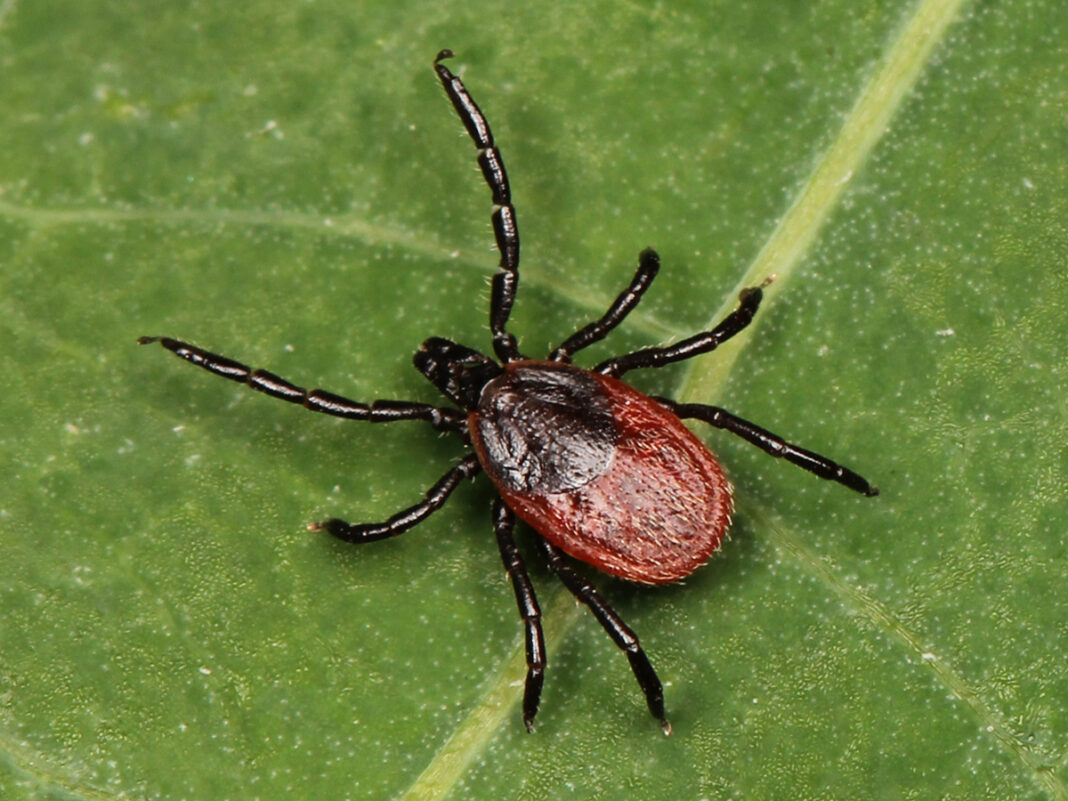The population of ticks is growing and their topographical ranges are increasing, besides an upsurge in habitats apposite for these vectors. Ticks generally transmit parasitic, viral, and bacterial pathogens, e.g., Borrelia burgdorferi that causes Lyme disease.
Researchers have often attempted to block the tick’s midgut and salivary proteins using antibodies against matching recombinant antigens. In a recent study published in Science, Sajid and collaborators argued that an mRNA vaccine that encodes tick salivary proteins can restrict the period of tick nymph nourishing on guinea pigs animal models, thereby preventing the ensuing spread of Lyme bacteria.
Some animals are frequently exposed to tick bites, which ultimately makes them resistant to tick feeding. In such cases, the ticks either separate from the host’s body after a bite or lead to skin eruption, thus informing the host to eliminate them. This kind of immunity has been observed in more than a few animals that do not characteristically act as host organisms, including rabbits, cows, and guinea pigs.
According to the Centers for Disease Control and Prevention, the number of individuals diagnosed with Lyme disease every year has scaled to approximately half a million. On the West Coast, the major carrier is the Western black-legged tick, and the grey squirrel is its primary host. Experiences of a tick encounter have been correlated with an augmented risk of verified and self-reported tick-borne diseases at the domestic level.
A successful test on guinea pigs
The researchers at the Yale School of Medicine combined mRNAs that encode nineteen salivary proteins, extracted from deer ticks, one of the most essential vectors of Lyme disease in the US. They injected guinea pigs with the 19ISP (nineteen Ixodes salivary proteins) mRNA vaccine. This immunization resulted in erythema or redness around sites of tick bites within eighteen hours of the vector attachment. Not only did it impair the feeding of ticks, but also resulted in the nymphs dropping off of their immunized hosts earlier than that in control animals. None of the vaccinated animals were positive for Lyme bacteria. On the other hand, approximately half of the non-vaccinated animals tested positive for this infection.
The 19ISP mRNA vaccine did not directly target the disease-causing pathogen like conventional vaccines. Rather, it stimulated host resistance against the disease carrier, i.e., ticks, hindering pathogen transmission. The study highlighted the importance of this tick-based vaccination in preventing infection.
In the future, the researchers intend to examine the efficacy of the mRNA vaccine mentioned earlier in other animals to gain insight into variations in tick immunity across diverse hosts. Also, they aim to create vaccines to eliminate other tick-borne pathogens. Clinical trials on humans regularly exposed to ticks or those diagnosed with Lyme disease will shed light on the efficacy and safety of this vaccine.
References
Madison-Antenucci, S., Kramer, L. D., Gebhardt, L. L., & Kauffman, E. (2020). Emerging tick-borne diseases. Clinical microbiology reviews, 33(2), e00083-18. https://doi.org/10.1128/CMR.00083-18
Bay Area Lyme Foundation. (2021). LYME DISEASE FACTS AND STATISTICS. Available at: https://www.bayarealyme.org/about-lyme/lyme-disease-facts-statistics/ (Accessed November 19, 2021).
Hook, S. A., Nawrocki, C. C., Meek, J. I., Feldman, K. A., White, J. L., Connally, N. P., & Hinckley, A. F. (2021). Human‐tick encounters as a measure of tickborne disease risk in lyme disease endemic areas. Zoonoses and Public Health. https://doi.org/10.1111/zph.12810
A. Sajid, J. Matias, G. Arora, C. Kurokawa, K. DePonte, X. Tang, G. Lynn, M.-J. Wu, U. Pal, N.OliveresStrank, N. Pardi, S. Narasimhan, D. Weissman, E. Fikrig. (2021). mRNA vaccination induces tick resistance and prevents transmission of the Lyme disease agent. Sci. Transl. Med. 13, eabj9827. https://www.science.org/doi/10.1126/scitranslmed.abj9827



